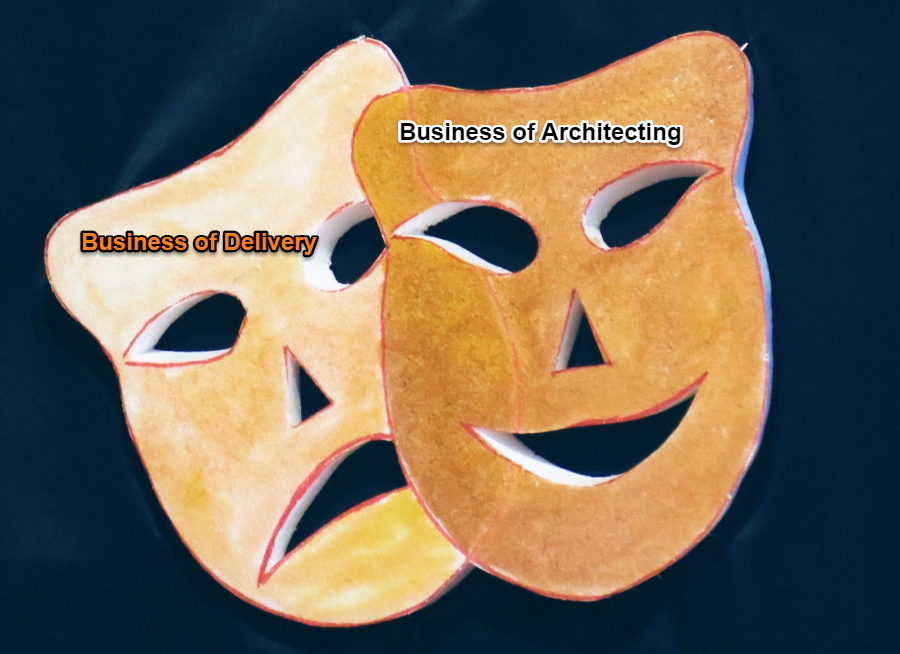
Just saw the above job ad from my linkedin feed and this one talks about the company needing a security with a T skill profile. Meaning have deep dive skills in one or two areas and broad based skills in other areas. Togaf that way has been mixed and matched with other architect skills like Security , Infra , Business , Data , Domain , Functional , Technology architecture domains. This helps a professional have a broad based skill or outlook when they reach a certain career progression path. So one typically gets into the question of what is needed to be an architect . Here is a link on what would be needed to become a good architect for the ones who may want to make that career progression. Steps to transition into an architect path .
The ancient definition of an architect was that he/she should be a many of letters , arts , science , literature , music , architecture ( building / landscape ) etc. Meaning that you should be a Da Vinci to really have that title. But it is not that bad if you are planning to become a solution , IT or enterprise architect. As we all can’t be Da Vinci’s to fill that slot.
If you are wanting to make that transition happen or be exposed to that body of knowledge to help you with having an architect’s mindset then TOGAF® framework comes to the rescue.
Mind you it is not really needed to have a certification to become a good architect. But certifications expose one to a body of knowledge that companies and peers value. You may possess this knowledge by virtue of being in a certain role or vantage point in a company.
Every skill you acquire doubles your odds of success. Scott Adams







 . Read what they have to say and how they evolved from developers to their current state. Many will have a of them have funny sides and you can find yourself in those positions as well.
. Read what they have to say and how they evolved from developers to their current state. Many will have a of them have funny sides and you can find yourself in those positions as well.